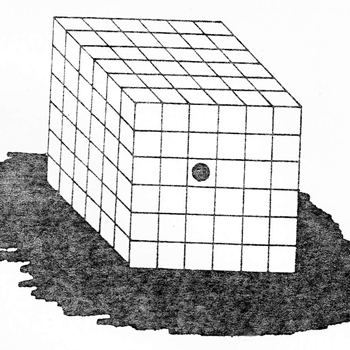Thinking is central to human existence. It is not only habitual; it is compulsive. We gather information from the environment with our senses and process it. Thus, in essence, thinking is information processing. It requires words, abstract concepts, and images. When we think using words – as we almost always do – we are indulging in verbal thinking. This is characterised by inner speech. Thinking with abstract thinking When thinking involves visual images, it is called visual thinking.
Visual and verbal (or abstract or mathematical) thinking are complementary by virtue of their differences in structure. Verbal and mathematical symbols are strung together linearly in conventional patterns such as those afforded by grammar. Mentally tracking these linear structures automatically enforces certain thinking patterns. By contrast, visual thinking is wholistic, spatial, and instantly capable of all sorts of unconventional transformations and juxtapositions. This is because visual thinking involves images that are not exact replicas of reality. These images are a highly personal creation and are more flexible and encompassing than any reality. Visual thinking is a very powerful thinking tool because of its flexibility. It can be immensely helpful in creative thinking because of the innumerable possibilities of transformations.
Visual thinking pervades all human activity. Most memory systems rely heavily on visualization. Designers, engineers, and architects use it most often. Athletes often visualise scenes during practice. Physicists exploring the world of atomic and subatomic phenomena use it. Surgeons think visually while performing operations. Carpenters and mechanics use it to translate plans into actions. Unlike verbal and mathematical thinking, visual thinking is laden with sensory content, which leads to pleasurable experiences.
